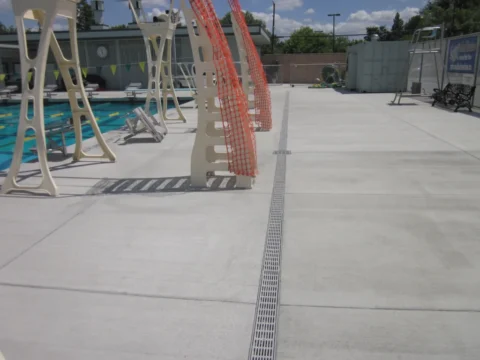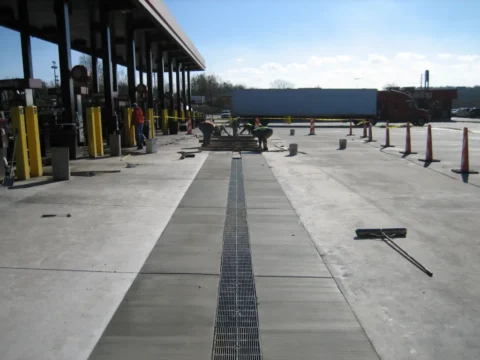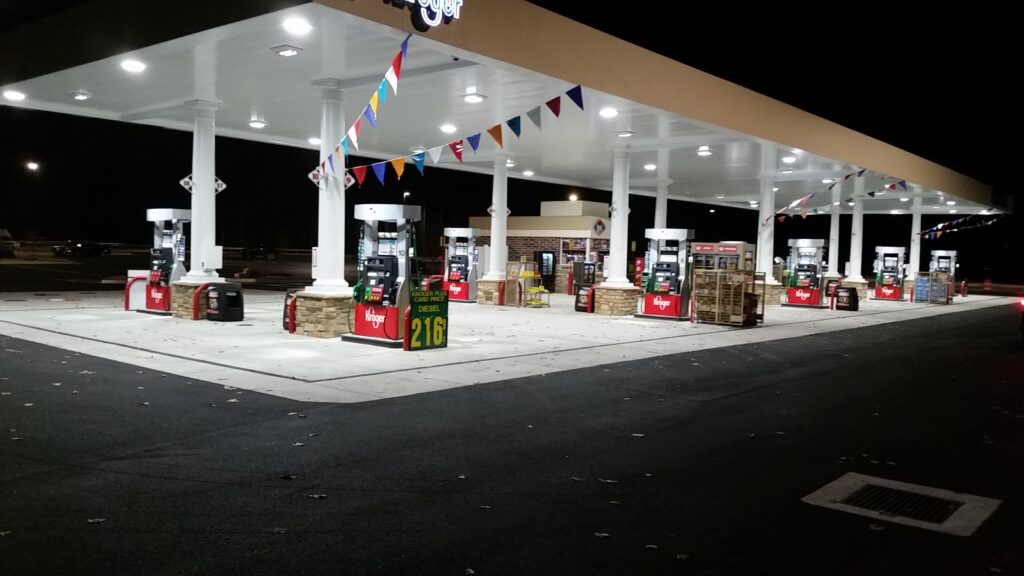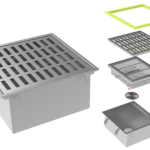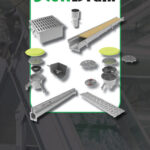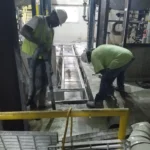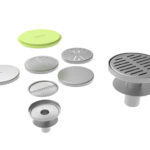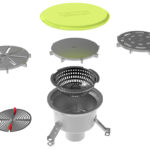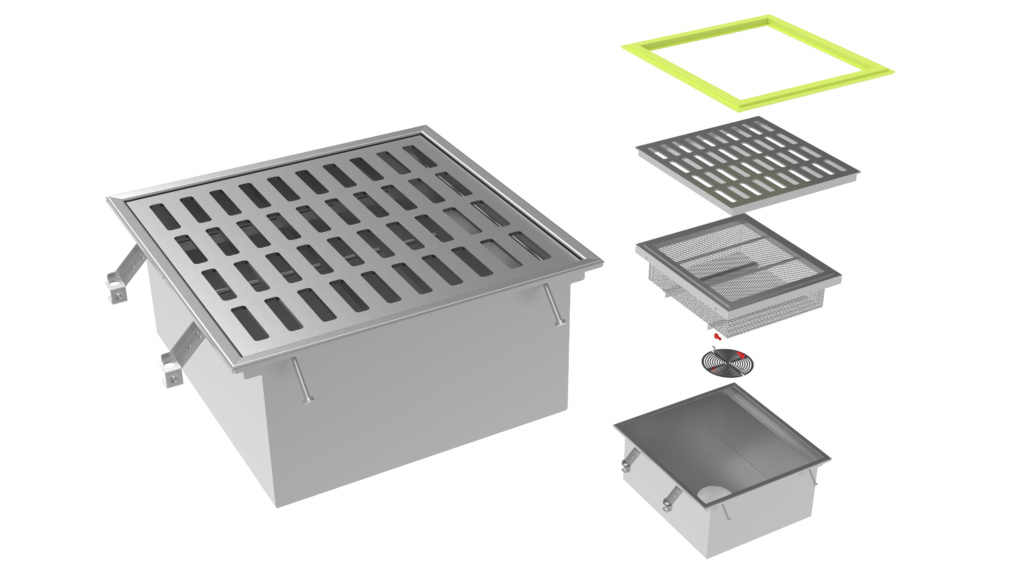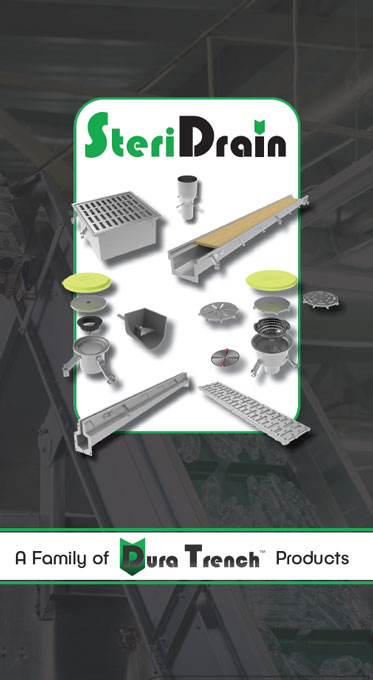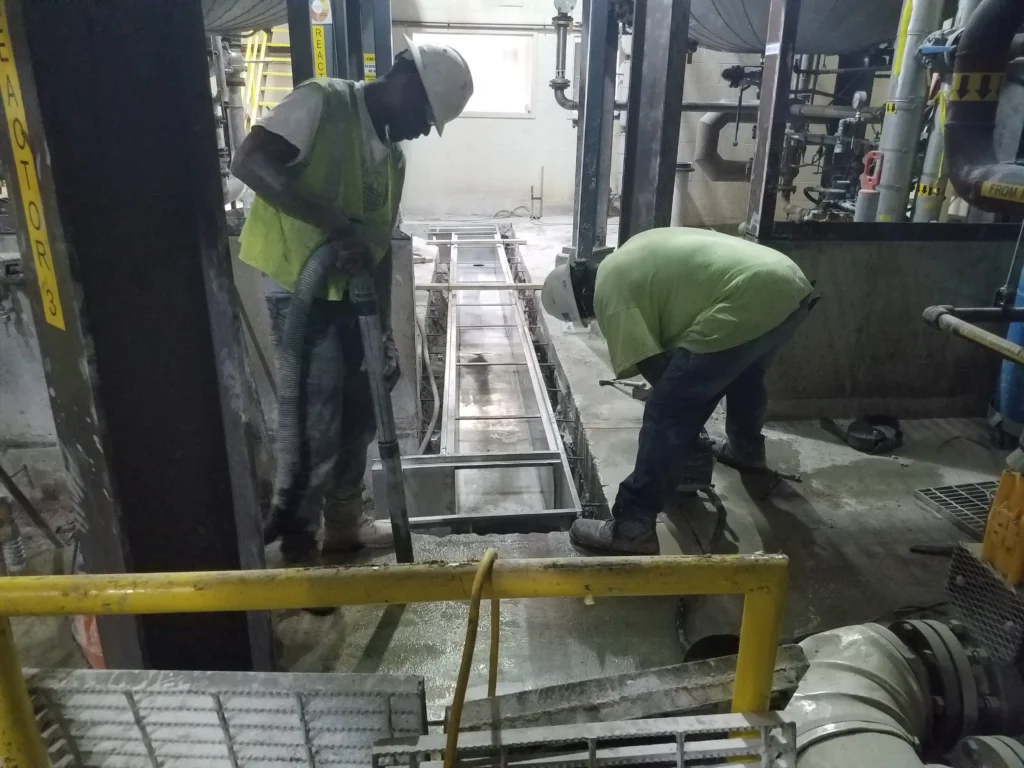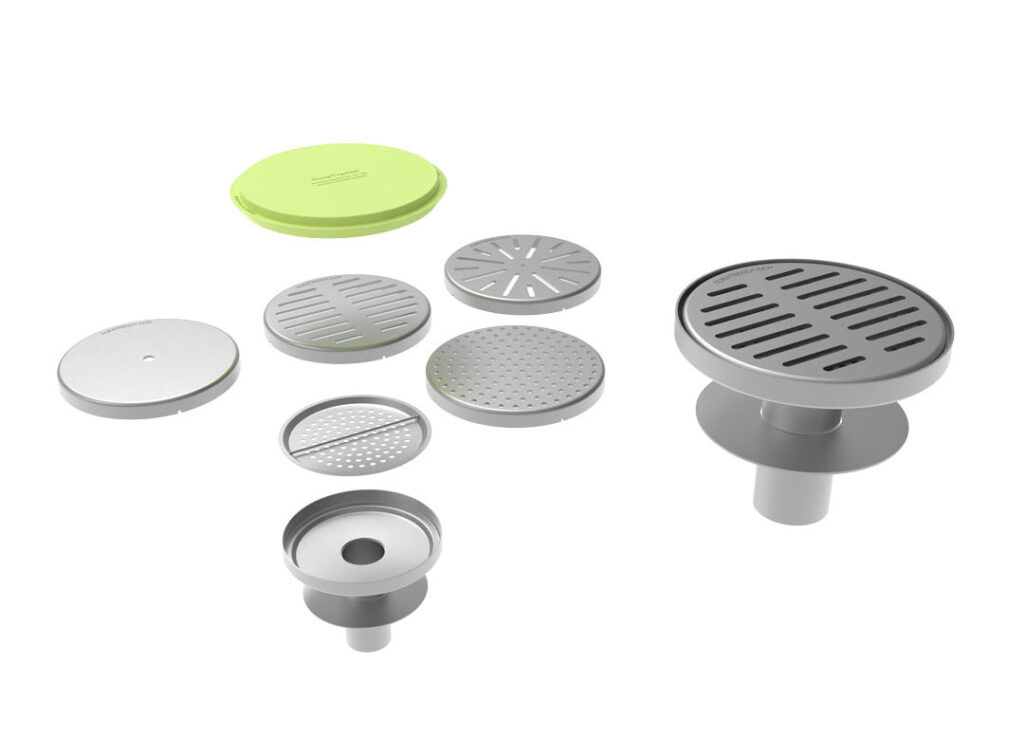If you need to install drainage for your business or your home, a trench drain will likely be your best solution. This is one of the most flexible and effective kinds of installations that you can use for drainage needs. Trench drains can take on all kinds of jobs with ease, and they can be used in home and business applications or even on roadways.
Knowing more about the trench drain installation process can help you to be sure that no steps are missed and that nothing has been missed in consideration of the location. Trench drains can come in many shapes and sizes, but the tips that you need to keep in mind should apply to all of the trench drains that you will ever need to place.
If you are ready to find out more about the trench drain installation tips that you need to know, keep reading!
Trench Drain Installation Tips
1. The Trench Drains Need to be Oriented Correctly
If you are working with a modular trench drain system of any kind, you need to be aware that the sections of the trench are coded so that you know which sections go together. The trenching is coded to prevent issues with the drain slope since the slope is built into the drainage solution. The slope of the drain makes sure that the drain can work effectively, and it prevents issues with pressures on the trench that can lead to its failure.
The outlets on the channel will need to point in the direction of the water flow, and the outlet end will need to be placed at the end of the slope of the drain. This is one of the reasons that this kind of premade solution is so easy to work with, but you have to be aware of this facet of the function of these drains to be aware that this is a factor in their installation.
Most trench drain systems are set up with numerical indicators and arrows that show the direction of flow. This makes it easy to orient the trenching correctly If you have never installed this kind of drain before, you should always be on the lookout for these indicators to be sure that you are setting up your trench properly.
If you do not know much about the slope of the drain that you will need, you should make sure that you do some research about this part of your plans. The slope of the drain is essential to be sure that your drains will handle a maximum volume of water with ease, and you should not leave this part of your calculations to chance any more than you should leave the selection of the drain materials to guesswork. All of the parts of the drainage system that you have selected will need to work in tandem to create an effective drainage solution, and you should be sure that you are prepared to make a good decision about the arrangement of your drainage system before you start installing it.
2. Before Installing Trench Drains, Consider The Material
There are various kinds of materials that your trench drains can be made from. The choice of which kind of material to use for the drain can be impacted by the kind of liquid that needs to go through the trench, and it can also have to do with the pressures that the trench will need to hold up too.
If your trench drain is placed in a high-traffic area where wheeled vehicles will have to pass over it, or if it has to pass under a roadway, you will need to consider using stainless steel or other kinds of reinforced materials that can be counted upon to hold up to the weight of this kind of traffic. When the trench drain that you are installing is only exposed to foot traffic or is not exposed to any weight at all, you can use polymers or other materials for your drains.
You will also need to consider what kind of runoff needs to be handled by the trench drains. Chemical runoff or acidic water created in food processing can necessitate a drainage solution that is tough enough to handle this. You will again need to consider stainless steel or reinforced materials when the nature of the water flowing through the drain can break down polymers or plastics.
It can also be critical that you install drains that are made of polymers when the weather is not too cold or too hot. These materials can suffer damage when exposed to heat, sun, and extreme cold, so you might need to hold off on installing the drainage solution until the weather is correct. It can take a few days to finish installing a trench and covering it properly to protect it from the weather, so you might need to plan carefully when doing this kind of installation.
3. Channel Pinching During Trench Drain Installation
This can happen when the grates on the top of the drain are not placed during installation. The grates need to be placed so that you can be sure that the trenches below them will sit correctly against one another. The grates will tell you if something is off with your installation, and you will also be prevented from the trenches shifting around against one another and becoming slightly off-center.
The pressure of the concrete or the supporting materials around the trench drain can also make it crooked when the gratings are not in place to keep things stable and in the right position. You will be cheating yourself out of a variety of benefits that can be accessed when you have the trench grates in place.
Some systems have covers that are sent with them just for the concrete pouring stage which is meant entirely to prevent channel pinching. This can be a key cause of trench failure, and you should be sure that you do not miss this step during your installation process.
4. When Installing Trench Drains, Get Professional Help
If you are not sure that you are up to the task of installing this kind of drainage system, you will need to defer to the advice and guidance of experts. Having a team of experienced installers handle this kind of job can be ideal for various reasons. You want to be sure that you will not need to tar your drainage solution backup and replace things that were installed wrong, and you do not want to have issues with your drainage not working properly when you need it most.
There are a lot of considerations that go into installing a trench drain system that you might not know about when you have never done this process before. This is a fairly affordable drainage solution, but you probably do not want to have to repeat any of your work along the way. This is another reason that having a skilled installation team on the job can make it much easier for drainage solutions to be installed correctly.
Working with an experienced team means that you can get the most for your money, and you can access guidance about the right kinds of drainage materials to use as well as the right drain covers. The grates for your drains are just as important as the drains themselves, and you might need some support to make this part of your purchasing choice as well.
Don’t leave anything up to chance when you are installing trench drains, and make sure to work with a skilled installation team. Calling customer support when ordering can also help you to make better choices about the items that you need and the kinds of drains that are best suited for your specific location and needs.
Installing Trench Drains Can be Easy and Straightforward
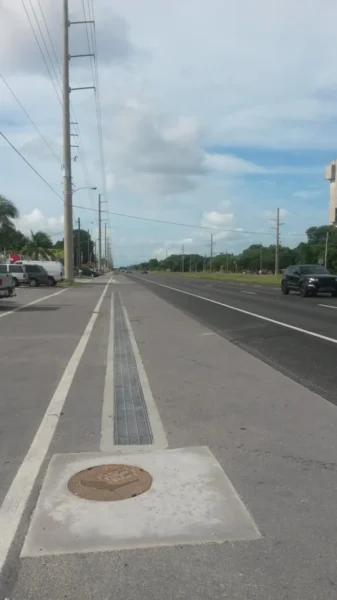
If you have installed trench drains before, then the process of getting this kind of drain in place on your property should be no big deal to you. There are a variety of different considerations that can help you to make a wise purchase when it comes to the type of trench drain that you are going to install. These tips will help you to pick the right kind of drain and to prepare for the installation process correctly as well.
Always make sure that you have access to support from skilled installers if you do not feel confident that you can install your drainage solution on your own. There is no reason to guess about the process of buying any of the drainage system parts and pieces, and you should be sure that you are not also guessing at the installation steps that are needed to get your drains in place. Failed drains are almost always a result of mistakes made during the drain installation process. Avoid these issues by doing your research and using these tips for an effective and simple installation job.

